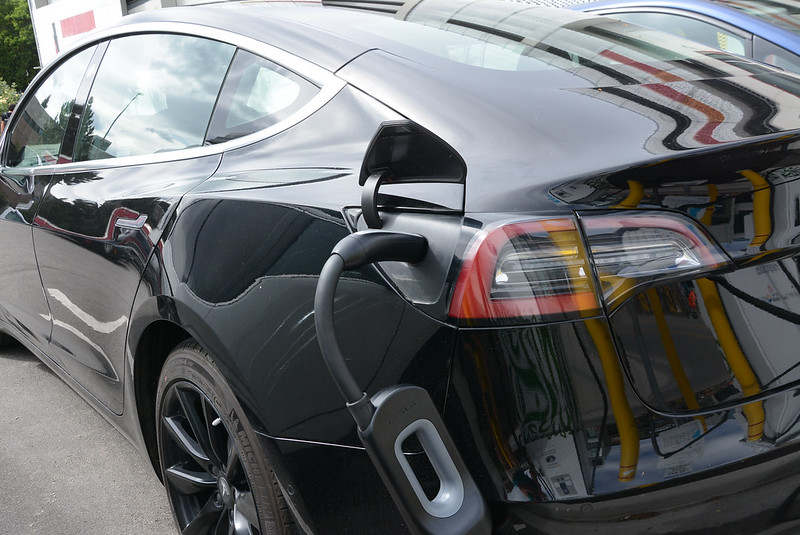TORONTO — Cedric Smith, analyst at the Pembina Institute, made the following statement in response to Transport Canada’s June 29 announcement of a new ZEV sales target:
“The Pembina Institute is pleased to see strengthened zero-emission vehicle (ZEV) sales targets for Canada, accelerating the timeline for 100 per cent ZEV sales by 2035 instead of the previous deadline of 2040. While the new timeline is welcome, a combination of new regulations and additional investments will be needed to achieve that 2035 target.
“We look forward to working with the government to establish a clear pathway, with interim targets, and define new regulatory measures that keep Canada accountable such as a zero-emission vehicle standard. Without action on a mandatory zero-emission vehicle standard, it is unlikely that Canada will meet these sales targets.
“A lack of availability of ZEVs remains a barrier to uptake, and therefore to decarbonization of the transportation sector. In order to achieve sales targets, boost supply, and keep pace with a competitive global ZEV market, the federal government needs to introduce a mandatory ZEV standard to complement existing policy measures like vehicle emission regulations. Standards in other jurisdictions have been proven to increase the supply of ZEVs, and in turn, speed up their uptake, and we hope Canada will soon follow suit.”
Quick facts
- Canada’s current ZEV sector employs around 10,000 workers but with stronger policy is projected to grow to 1.1 million by 2040
- A zero-emission vehicle standard has been adopted in British Columbia, Quebec, California and in U.S. States and China. A vehicle standard requires that an increasing portion of auto manufacturer vehicle sales be zero-emission
- Since the adoption of Quebec’s ZEV Act in 2016, the percentage of ZEV models available in California that are also available in Quebec increased from 66 per cent to 92 per cent
- Transportation accounts for 25.5 per cent of Canada’s emissions overall, according to the 2021 National Inventory Report, and is one of the leading sources of emissions in every province:
B.C.: 37%
Alberta: 12%
Saskatchewan: 15%
Manitoba: 34%
Ontario: 36%
Quebec: 41%
New Brunswick: 29%
Nova Scotia: 33%
PEI: 44%
Newfoundland and Labrador: 38%
Contact
Victoria Foote
Senior manager, strategic communications, Pembina Institute
647-290-9384
Background
Report: Power Play: Canada's role in the electric vehicle transition
Submission: Reducing barriers for the adoption of light-duty zero-emission vehicles
Report: Building a zero-emission goods-movement system




